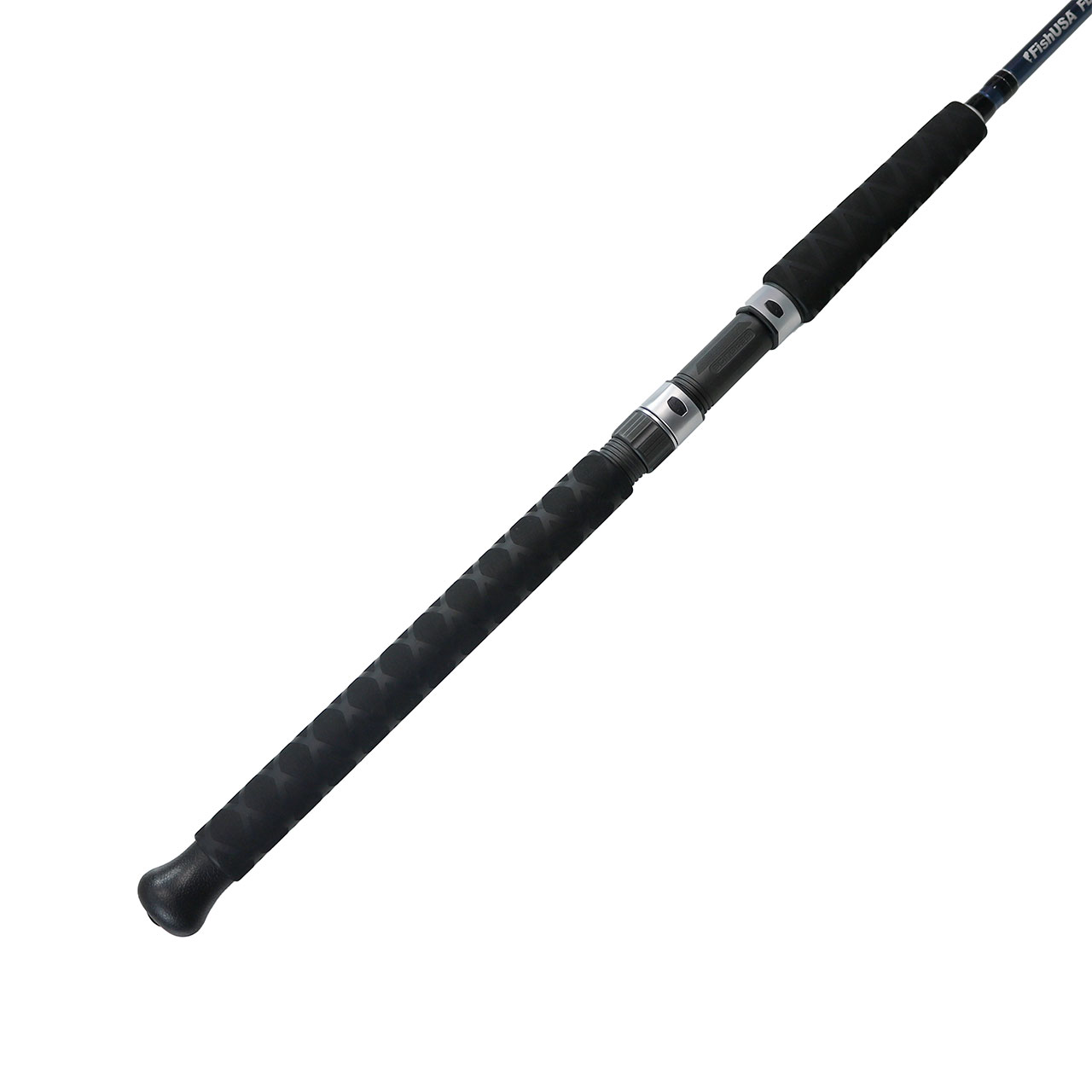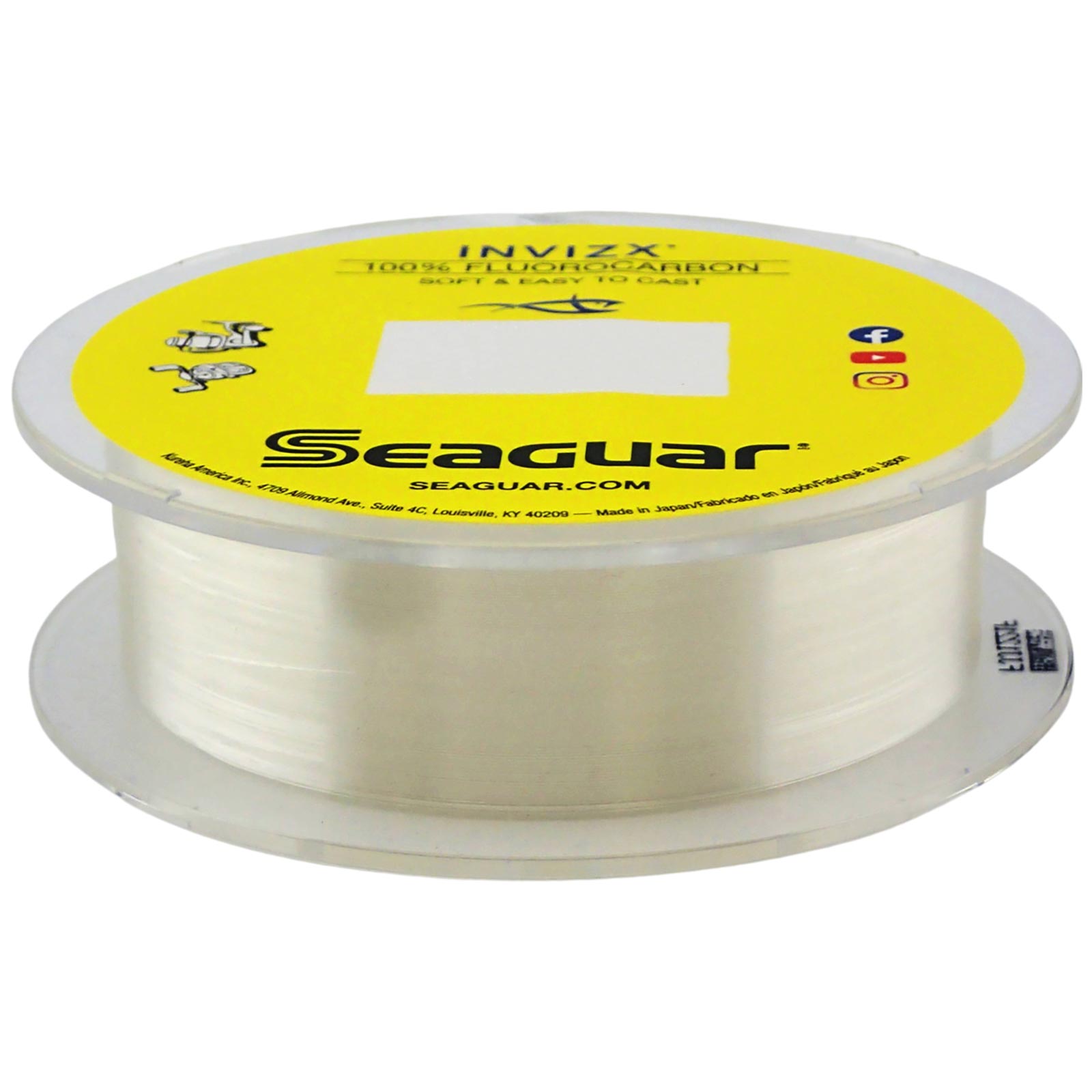How to Use a Dipsy Diver
Fishing a Dipsy Diver is an extremely effective way to target many species while trolling, especially walleye, salmon, and steelhead. Dipsies are incredibly popular on the Great Lakes for all 3 of these species because they allow you to get your lines deep very easily. In this article, we'll talk about how to fish a dipsy diver and go over everything you'll need to put together a successful dipsy program.
Table of Contents
What Is A Dipsy Diver?

Dipsy Diver Sizes
Dipsy Diver Depth Chart
How To Rig A Dipsy Diver


Dipsy Diver Setup - Rods
Dipsy Diver Setup - Line
PowerPro Braided Spectra Fiber Line
Features
Dipsy Diver Setup - Leaders
Seaguar InvizX Fluorocarbon Line
Dipsy Diver Setup - Lures
Dipsy Diver Setup - Terminal Tackle
Dipsy Diver Setup - Accessories
Check out our YouTube Video on How To Fish A Dispsy Diver
FishUSA Pro Staffer and Lake Erie Walleye Charter Captain Ross Robertson gives a quick explanation on the how, when, what, where, and why of fishing a dipsy diver





